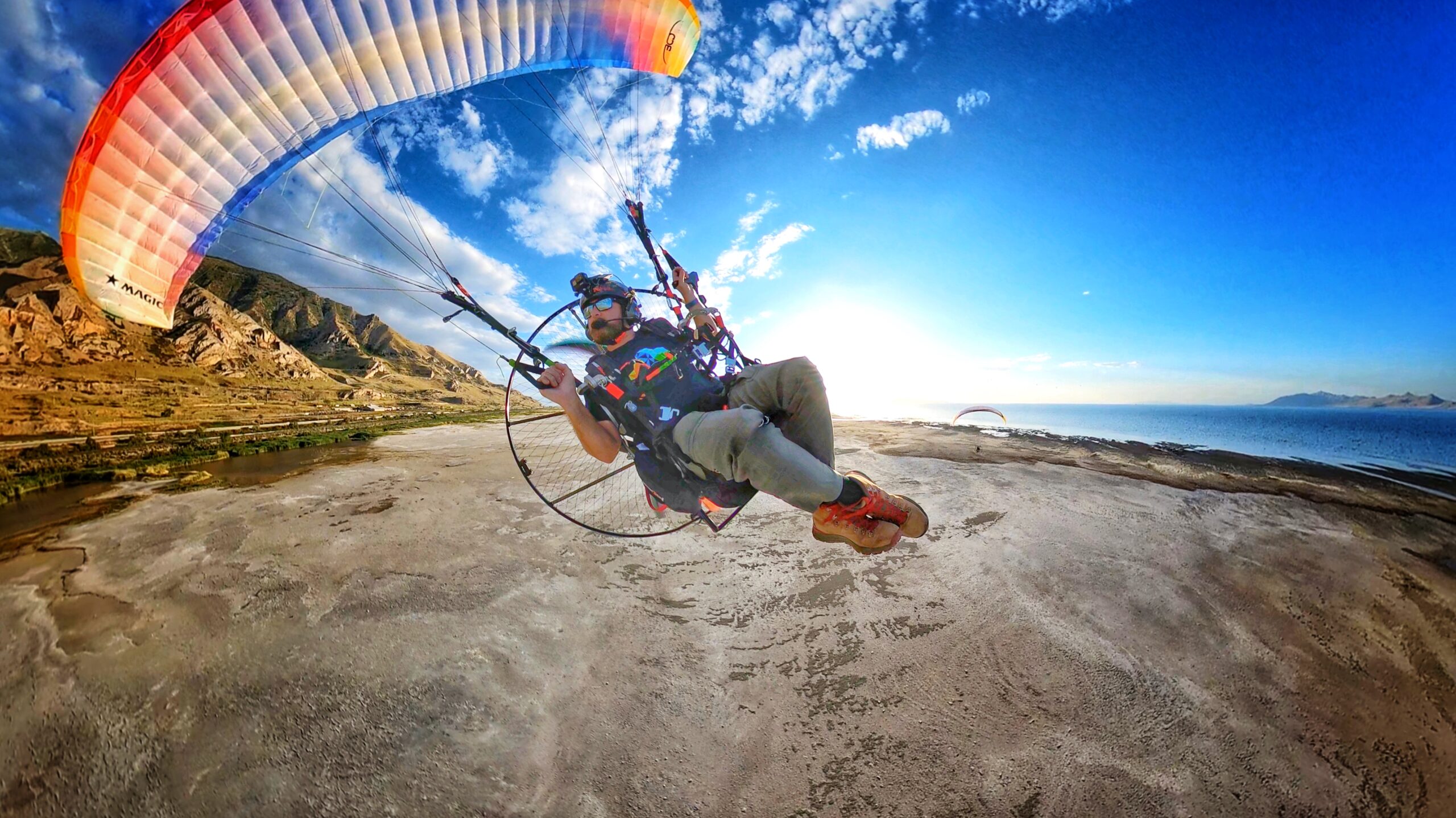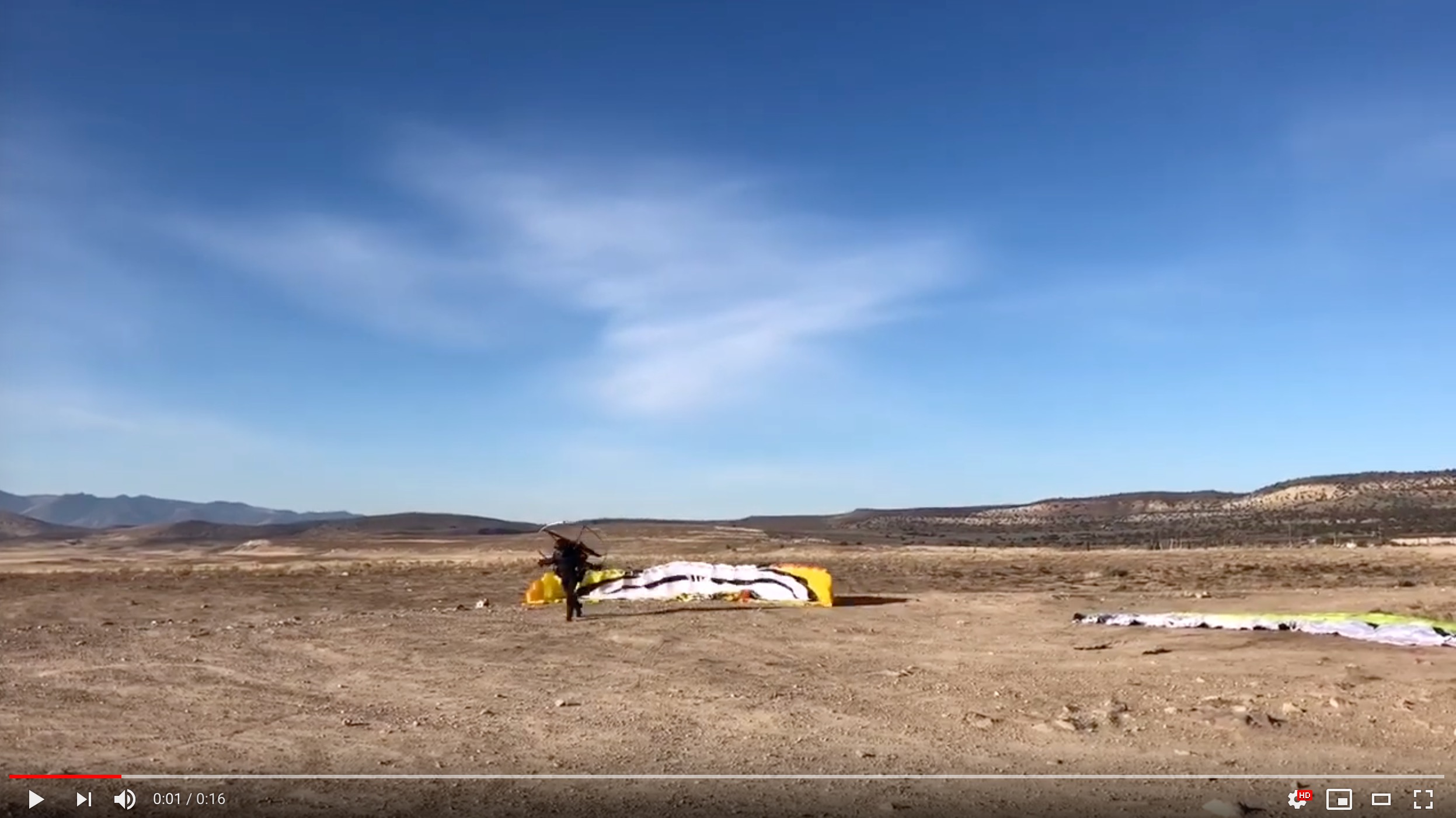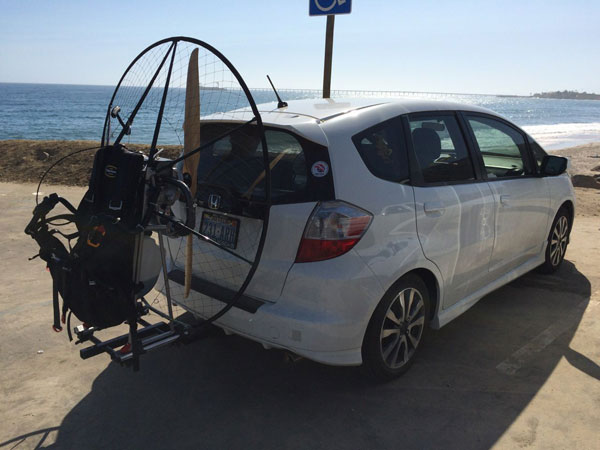COMMON QUESTIONS ABOUT BASIC TRAINING
What is Paramotor "basic training"?
Our "basic" training is designed to take someone from zero to proficient with Paramotor flying. Our 8-day training program will teach you all the basics you need to fly safely and confidently on your own. You are not done training until you feel comfortable to go fly on your own. The vast majority of students will leave our 8-day program as confident novice pilots ready to fly on their own. We offer PPG1, PPG2, and PPG3 ratings during basic training. All students who solo during training will leave our program with a PPG1 rating and will continue to work on their requirements for PPG2 (usually achieved within a few weeks of finishing our course). As you continue to develop your skills on your own, we will work with you remotely and in-person until you achieve your PPG3 rating.
Learn more about USPPA ratings here: USPPA Ratings
Our "advanced" training includes the following ratings: USPPA Instructor, USPPA Tandem Trainee, USPPA Tandem Instructor. Contact us for more information about advanced training.
How do I know if paramotoring is for me?
If you have ever dreamt of flying or if you've been involved with any form of aviation, odds are you're going to love paramotoring. If you enjoy the feeling of riding a motorcycle, you're probably going to like the feeling of flying a paramotor. We have trained students who were simply curious about this sport and were just looking for a new hobby or a change of pace in their life (midlife crisis?), and after learning to fly, they didn't fly as often as they thought they would and they eventually fizzled out of this sport.
We want to be very clear about this...paramotoring is incredibly fun and rewarding but it's not as easy as it may seem. When you watch experienced pilots (like you may have seen on youtube), just know that they have put in a considerable amount of time, effort, and perhaps even blood, sweat, and tears to master these skills. Like any sport/hobby, it takes time and effort to become proficient.
THE GOOD NEWS IS THAT IF YOU'RE WILLING TO SPEND THE TIME AND PUT IN THE EFFORT, PARAMOTORING CAN QUICKLY BECOME ONE OF THE MOST REWARDING AND FULFILLING THINGS THAT YOU DO!
Is the 8-day "bootcamp" approach right for me?
If you have the ability to take time off from your ordinary routine to immerse yourself in this sport, we highly recommend this style of learning. 8 consecutive days of training and flying will ensure you learn everything you need to know in order to fly safely and with confidence. Other training styles may take months to cover all the content we will cover in 8 consecutive days. There's a reason we call it "Bootcamp". It's hard work! You'll be training from sunrise to sunset and it is somewhat physically demanding. You'll spend hours a day on your feet, learning to ground handle the paraglider wing and learning to launch. If you're not sure, call us and let's talk about it!
I can't do an 8-day course. Are there other options?
Our primary training method is the 8-day training course. We occasionally offer individual session training to students who can't attend one of our courses. If you are committed to training with us and you plan on purchasing new gear from us, we may be able to train you outside of our scheduled courses. For more information please contact us individually. For session training in Arizona, call/text Nik at 480-293-4883. For session training in Utah, call/text Noah at 435-465-2288.
Where do you do the bootcamp training courses?
From November - April we do our training course in Arizona at a field near Maricopa, AZ.
From May - October we do our training course in Utah at an airport near Eagle Mountain, UT.
Logistics - Both of our training locations allow for camping. Students are welcome to bring camp trailers (dry camping) and stay on-site for the duration of the course. As an alternative, students can stay at nearby hotels or Airbnbs and commute daily. If you have questions about logistics, please contact us.
Do you offer private group training?
If you have a group of 3 or more people AND at least 1 person plans on purchasing new gear, we can schedule a private 8-day training course for your group at any location that's convenient for you. For private group training please call/text Noah at 435-465-2288.




